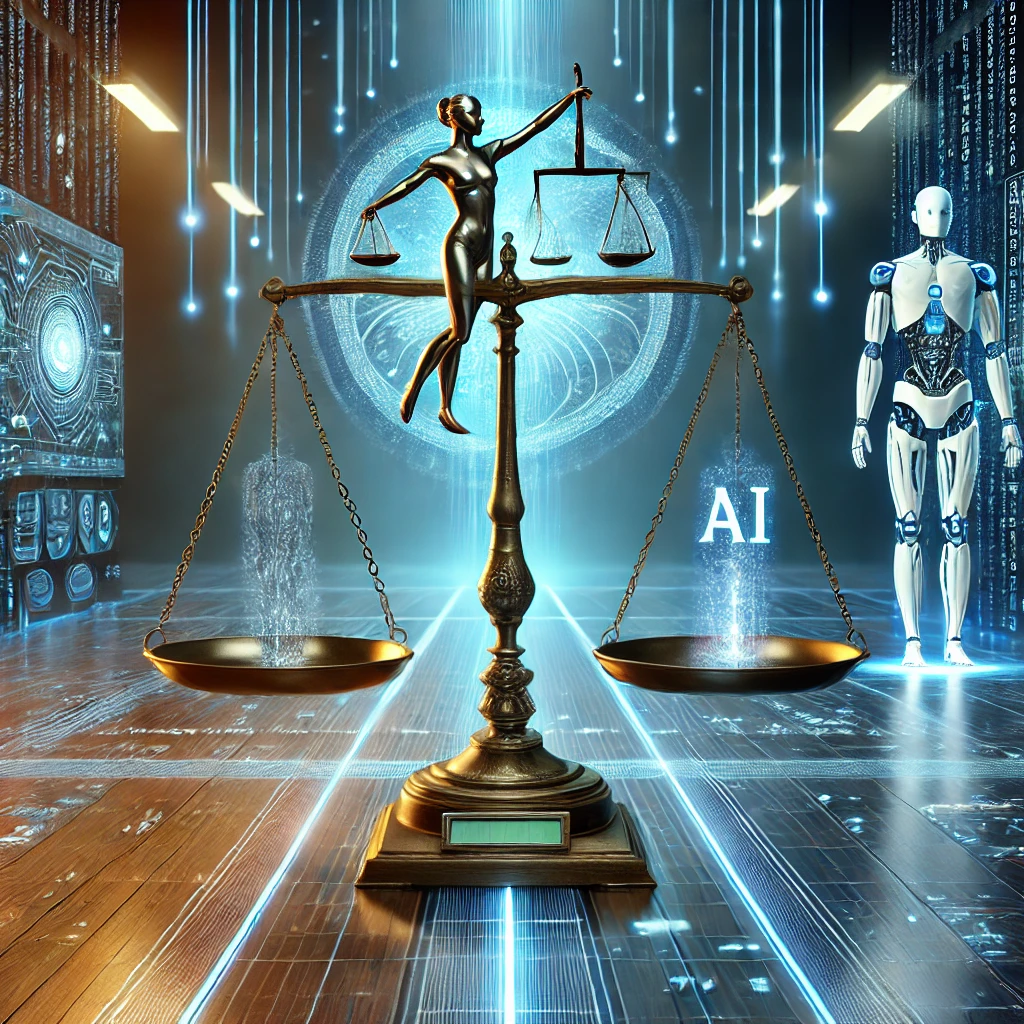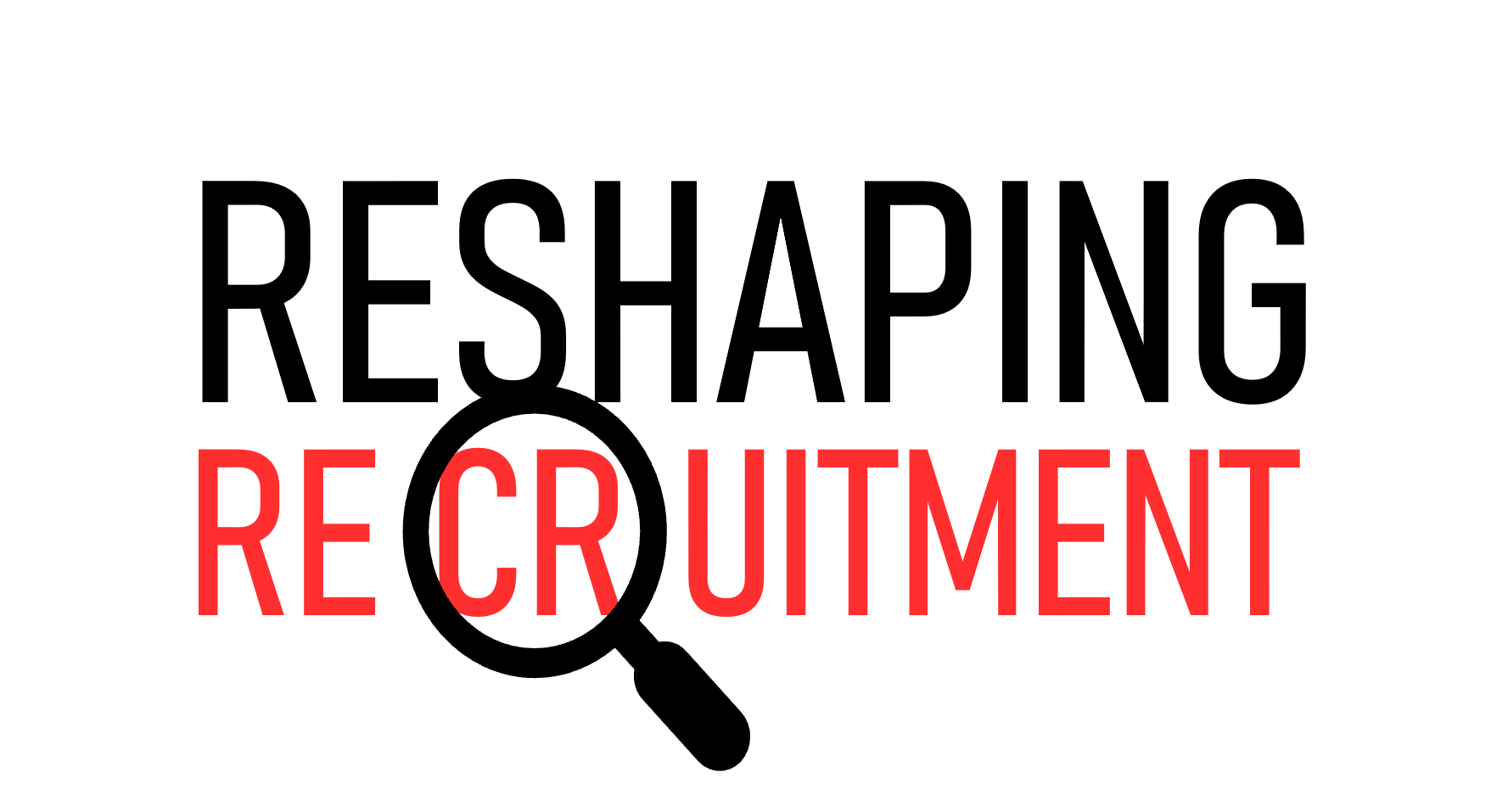
The Human-AI Balance That Actually Works
The Human-AI Balance That Actually Works
When Prime Minister Modi told Lex Fridman that artificial intelligence remains incomplete without human intelligence, I felt a wave of validation. For over two decades, this exact philosophy has been the foundation of my work in recruitment technology.
Modi's perspective isn't just political posturing. It's a profound truth I've witnessed firsthand in the trenches of AI implementation.
The Prime Minister emphasized that AI can never match the depth of human imagination. He's right. I've built AI recruitment systems for years, and the most successful ones always maintain a crucial human element.
The Human-AI Balance That Actually Works
My Hybrid AI Workforce approach wasn't born in a lab or conceived in theory. It emerged from countless failed attempts to fully automate recruitment processes. Early in my career, I pushed for maximum automation, dreaming of frictionless hiring pipelines.
It failed spectacularly.
What I discovered mirrors Modi's assertion that genuine human intelligence is essential for AI progress. The systems I built became remarkably more effective when designed to enhance human capabilities rather than replace them.
In transportation and logistics recruitment – a notoriously challenging sector – I found that AI excels at pattern recognition and data processing. But it stumbles when assessing cultural fit or reading between the lines of a candidate's responses.
This is precisely what Modi meant when discussing the collaborative nature of AI development. The most effective systems arise when we leverage each component's strengths.
India's AI Vision Reflects Global Truths
Modi's commitment to ensuring GPU access for all sections of society resonates with me. Technology inequity creates dangerous recruitment blind spots. When I began implementing AI in recruitment engines, I quickly realized how easily these systems can perpetuate existing biases rather than eliminate them.
The Prime Minister's emphasis on developing AI applications for specific use cases reflects what I preach to clients daily: contextual implementation matters more than generic AI capabilities.
My recruitment engines are designed with specific industry challenges in mind. A one-size-fits-all approach inevitably fails because recruitment contexts vary dramatically across sectors.
Lessons From My AI Implementation Journey
Working with companies struggling to find qualified truck drivers, I learned that data organization precedes successful automation. Many organizations jump into AI implementation without properly structuring their recruitment data, leading to garbage-in, garbage-out results.
Modi's acknowledgment of India's growing talent pool highlights another lesson: AI systems benefit from diverse development teams. The varied perspectives help catch potential blind spots before they become embedded in algorithms.
I've rebuilt entire recruitment systems after discovering they were unintentionally screening out qualified candidates from certain demographic groups. The fix wasn't technical – it was bringing more diverse voices into the development process.
The Future Is Human-Centered Technology
The most valuable insight from Modi's comments aligns perfectly with my experience: technology without genuine human intelligence cannot thrive or progress sustainably.
My data-driven recruitment funnels work precisely because they don't attempt to eliminate human judgment. Instead, they automate repetitive tasks, surface relevant patterns, and enable recruiters to focus on high-value human connections.
As Modi suggests, collaboration is the key. My omni-channel communication automation succeeds because it enhances human capabilities rather than replacing them. It makes recruiters more efficient while preserving the essential human touch that candidates crave.
The accountability co-pilots I've designed serve as perfect examples. They don't make decisions – they ensure humans don't miss critical tasks or opportunities. They augment rather than replace.
Moving Forward With Balanced AI Implementation
Modi's vision for India's AI transformation offers valuable guidance for anyone implementing AI in recruitment or other fields. The emphasis on human intelligence, collaboration, and specific applications creates a framework for responsible progress.
I've seen too many companies race toward maximum automation without considering what's lost in the process. The human elements – intuition, empathy, contextual understanding – remain irreplaceable in building effective teams.
My work has always focused on creating systems that make humans better at what they do naturally while using technology to handle what machines do best. Modi's comments validate this approach on the global stage.
As we move forward in this AI-enhanced world, the winners won't be those who eliminate humans from the equation. The real success stories will come from organizations that skillfully blend human and artificial intelligence into seamless, efficient systems that honor the unique capabilities of each.
That's not just theory. It's the proven path I've walked for five years in the AI recruitment technology space. And now, it seems, even world leaders are catching up to this fundamental truth. You can too

